Marin Postu1, Lucian Predescu1, Stefan Mot2
1 „Prof. Dr. C.C. Iliescu” Emergency Institute for Cardiovascular Diseases, Bucharest, Romania
2 „Niculae Stancioiu” Heart Institute, Cluj-Napoca, Romania
Abstract: This article summarizes the activity of the interventional cardiology centers of Romania during 2016. All interventional cardiology centers from Romania were requested to fill a standard reporting model. Data was divided in 4 categories: coronary interventions, peripheral interventions, other procedures like TAVI, mitraclip, aortic endoprothesis, interventions in structural heart diseases and outcomes during hospitalization. The report highlights the differences in total number of percutaneous coronary interventions (PCI), percutaneous procedures, stents and drug eluting stents during 2014 to 2016.
Keywords: interventional cardiology, percutaneous coronary interventions, stents
This article summarizes the activity of the interventional cardiology centers of Romania during 2016 and it highlights trends in different areas of intervention in interventional cardiology between 2014 to 2016. All started in 2014 with the initiative of the interventional cardiology working group of Romanian Society of Cardiology. The working group has proposed that every interventional cardiology center from Romania to use a standard reporting model to report annually their activity. Data was divided in 4 categories: coronary interventions, peripheral interventions, other procedures like TAVI, mitraclip, aortic endoprothesis, interventions in structural heart disease), and the fi nal category of outcomes during hospitalization. All information are easy to collect and report and have practical importance, like total number of coronary angioplasty, total number of drug eluting stent that were implanted , the utilization of intracoronary imaging like OCT, IVUS, different types of peripheral angioplasty (carotid or renal angioplasty). The purpose of this initiative was to have a clear picture of the magnitude of the activity of interventional cardiologist at a national level, to know the total number of different types of procedures, and to identify any tendencies. This report summarizes the data from 2016 provided by 33 out of 35 public and private interventional cardiology centers of Romania (Table 1). Currently, there are 35 interventional cardiology centers in Romania, of which 14 are private centers and 21 public centers with 49 functional angiographs. In 2016, in Romania were 85 independent interventional cardiologists and 61 interventional cardiologists in training. A direct comparison of 2014 with 2015 and 2016 was done, that highlights the continuous increase in the activity of the interventional cardiology centers in Romania. The total number of PCIs in 2015 increased with 35% compared to 2014, while in 2016 there was a small increase compared to 2015 in total number of PCI, with only 5% (Figure 1-4). In 2016, in Romania, were made 18471 coronary interventions. The total number of coronary angiogram in 2016 (42785) increased with 23% compared to total number of coronary angiogram in 2015 (34624). We see the same trend in the total number of implanted stents (Figure 5). An important thing is that the total number of drug eluting stent implanted in 2015 increasing more than two folds compared with 2014. The same trend was found in 2016. The number of implanted stents per patient in 2016 was 1.46. The total number of STEMI increased by 20% in 2016 compared to 2015 (Figure 6), which is probably due to the greater accessibility to the catheterization centers, the foundation of new catheterization centers that entered the STEMI program, and the clinical cardiologists are more familiar with this national program. A very good fi nding is that the utilization of intracoronary imaging like OCT and IVUS and the utilization of invasive coronary hemodynamic measurements like IFR and FFR increased in 2016 with 90% compared to 2015 (Figure 7). The total number of peripheral angioplasty slightly increased from 2014 to 2016, so the activity in this field is somehow unchanged; but we don’t have the data from interventional radiologists (Figure 8). Maybe we need more interventional radiologist and interventional cardiologist dedicated to this fi eld. However, the total number of carotid angioplasty in 2016 increased with 36% compared to 2015, which is a great progress (Figure 9). In 2016 an important progress was achieved in what concerns other types of procedures, like TAVI (in 2016 were implanted percutaneous 46 aortic valves compared to only 18 in 2015) (Figure 10), mitraclip (were reported 3 cases) and aortic endoprothesis (were reported 57 cases). Regarding outcomes, the mortality rate during PCI in unselected patients in 2015 was 2.2% and it had a slight increase in 2016 to 2.4% (Figure 11). There is a continuous need of implementing a Mandatory Interventional Cardiology National Registry, capable of monitoring objectively these key health care services in a standard manner. This national registry can guide further development of the interventional cardio logy in Romania.
Figure 1. Total number of PCIs in 2014, 2015 and 2016 in Romania.
Figure 2. Total number of PCIs in 2016 in all interventional centers from Romania.
Figure 3. Total number of PCIs in 2014, 2015 and 2016 in all interventional centers from Romania.
Figure 4. Total number of PCIs in 2015 and 2016 in private vs public hospitals in Romania.
Figure 5. Total number of stents implanted in 2014-2016 in Romania.
Figure 6. Total number of STEMI in 2015 vs 2016 in interventional centers from Romania.
Figure 7. Imaging and invasive coronary hemodynamics testing.
Figure 8. Total number of peripheral angioplasty in 2014-2016 in Romania (only in interventional cardiology centers).
Figure 9. Total number of carotid angioplasty in 2015 vs 2015 in Romania (only in interventional cardiology centers).
Figure 10. ITAVI in 2015 vs 2016 in Romania.
Figure 11. Mortality rate during PCI in 2015 vs 2016 in Romania.
Acknowledgement: We want to thank for their contribution to data collection to: Dr. Adrian Bucsa, „Prof. Dr. CC Iliescu” Emergency Institute for Cardiovascular Diseases, Bucharest; Dr. Cristian Udroiu and Prof. Dr. Dragos Vinereanu, Emergency University Hospital, Bucharest; Dr. Lucian Calmac, Emergency Clinic Hospital, Bucharest; Dr. Emanuel Radu, Emergency Clinical Hospital „Prof. Dr. Agrippa Ionescu „, Bucharest; Dr. Daniel Nita, Central Military Emergency University Hospital „Dr. Carol Davila”, Bucharest; Dr. Valentin Chioncel, „Bagdasar-Arseni” Clinical Emergency Hospital, Bucharest; Dr. Mihai Melnic, Elias Emergency University Hospital, Bucharest; Dr. Octavian Zara, „Sf. Ioan” Clinical Emergency Hospital, Bucharest; Dr. Cristina Spinu, Sanador Clinical Hospital, Bucharest; Dr. Oren Iancovici, ARES Centers of Excellence in Cardiology and Radiology, Bucharest; Prof. Dr. Gheorghe Dan and Dr. Emilian Mihai, Colentina Clinical Hospital, Bucharest; Dr. Florina Pinte, Medlife, Bucharest; Dr. Stefan Mot, Heart Institute „Niculae Stancioiu” and Cardioteam, Cluj-Napoca; Prof. Dr. Dan Olinic, County Emergency Hospital, Cluj-Napoca; Dr. Bogdan Dutu, Clinical Recovery Hospital, Cluj-Napoca; Dr. Igor Nedelciuc, Institute of Cardiovascular Diseases „Prof. Dr. George IM Georgescu” and Arcadia, Iasi; Dr. Ayman Elkahlout, Emergency Institute For Cardiovascular Diseases, Targu Mures; Conf. Dr. Ioan Tilea, Nova-Vita, Targu Mures; Conf. Dr. Cristian Mornos, Institute Of Cardiovascular Disease, Timisoara; Dr. Milovan Slovenski, Cordismed, Timisoara; Dr. Mihai Ursu, Clinicco, Brasov; Dr. Florin Ortan, County Emergency Hospital, Brasov; Dr. Marius Rus, County Emergency Clinical Hospital, Oradea; Dr. Cristian Dina, Cardiolife, Arad; Dr. Roberto Haret, Med New Life, Suceava; Dr. Dan Filip, County Emergency Hospital “Dr. Constantin Opris”, Baia Mare; Dr. Nicolae Florescu, Polisano, Sibiu; Dr. Bogdan Mut, Cardiolife, Constanta; Dr. Marian Albu, County Emergency Hospital, Ploiesti; Dr. Elvis Botu, County Emergency Hospital, Pitesti.
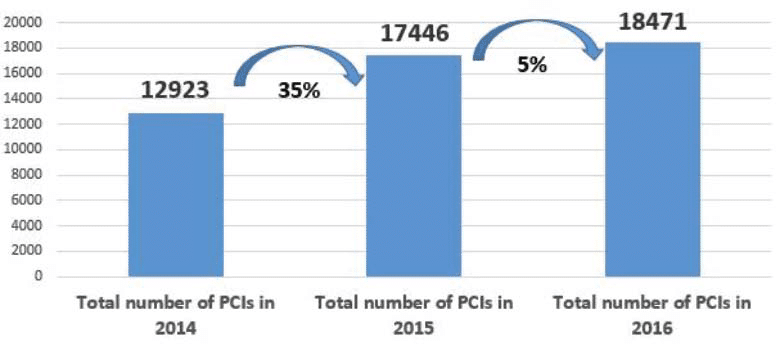
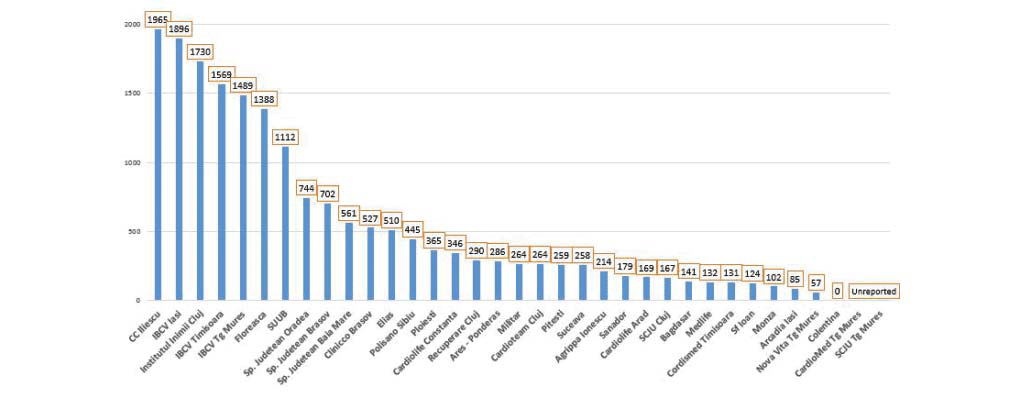
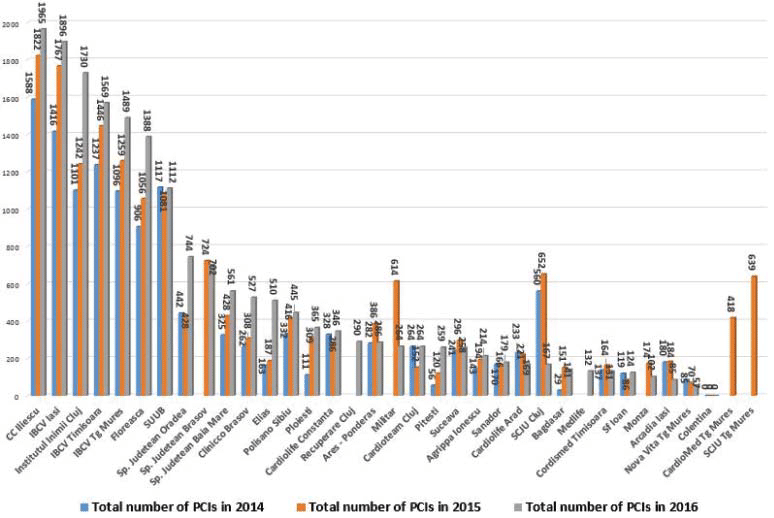
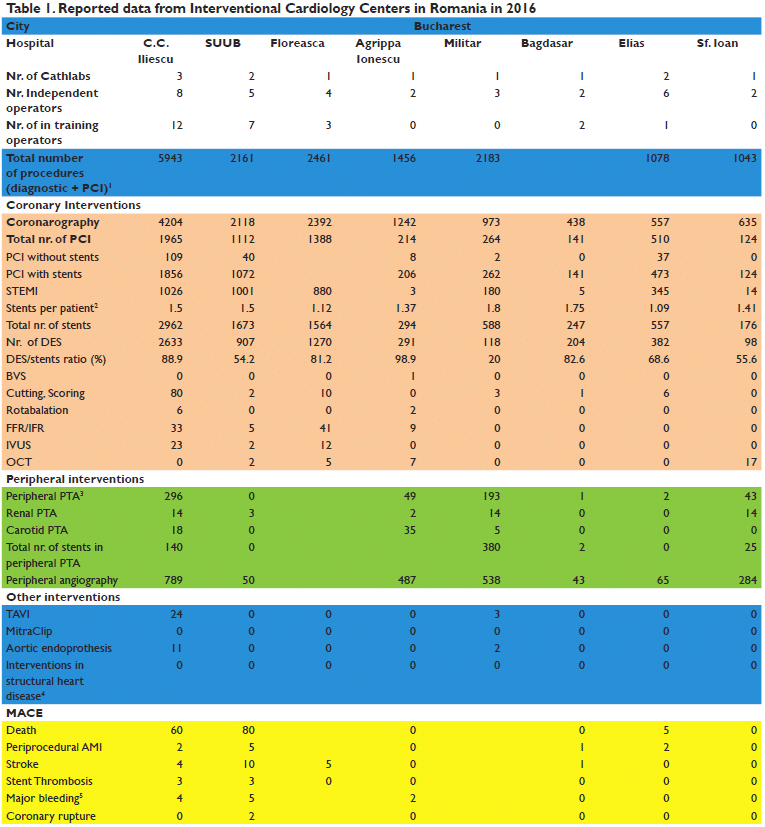
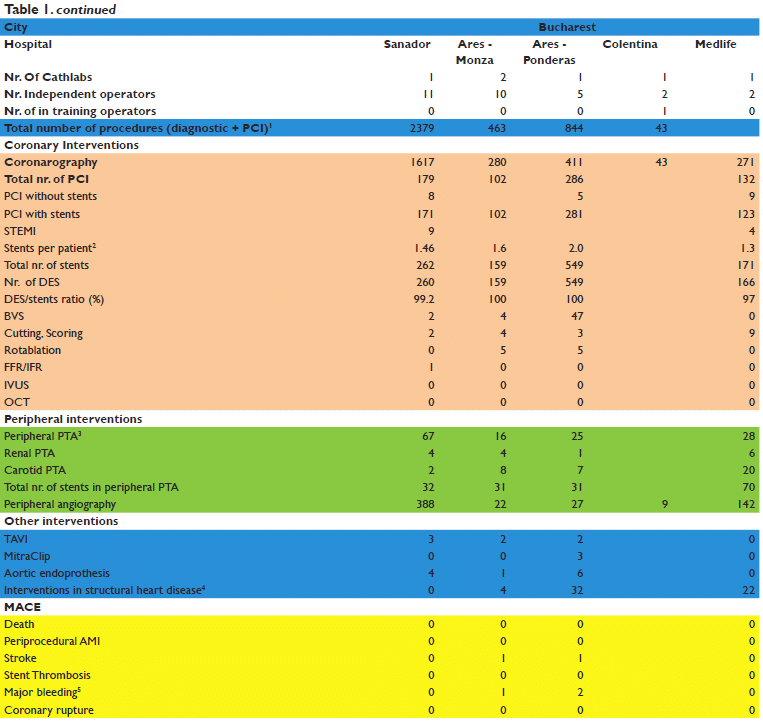
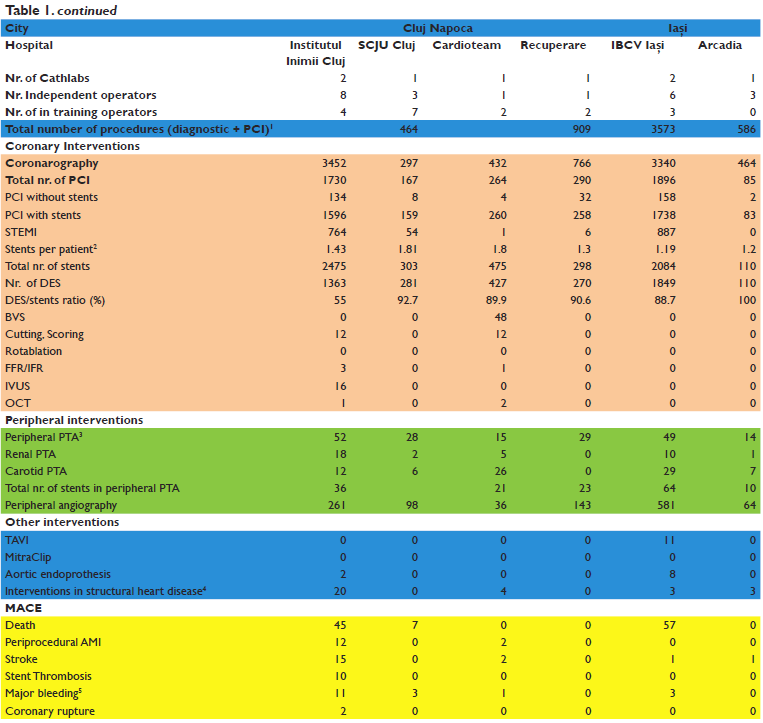
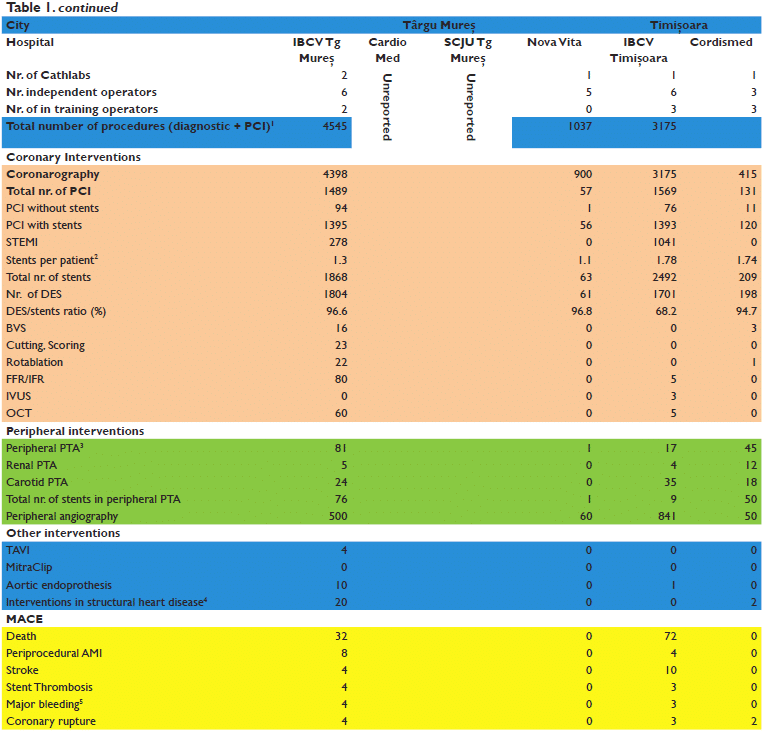
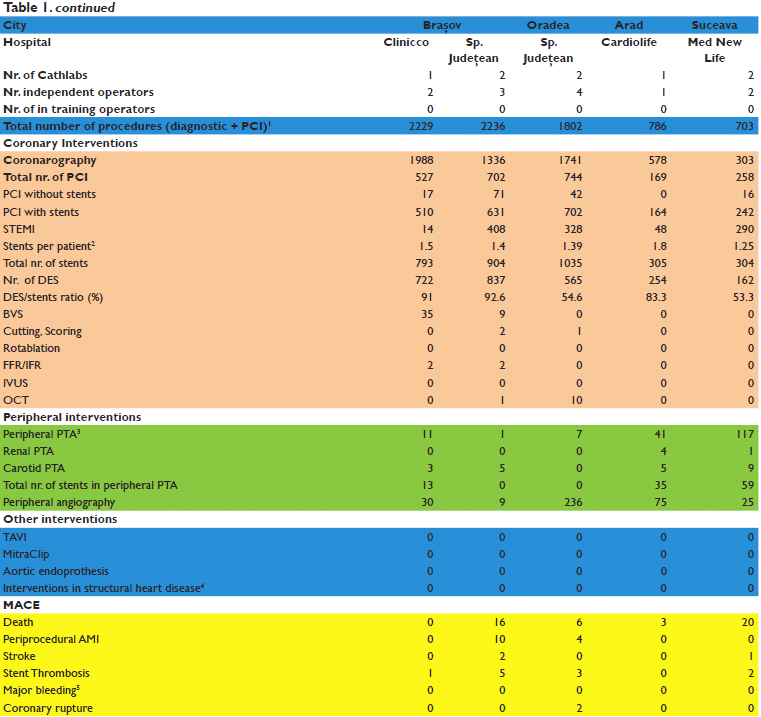
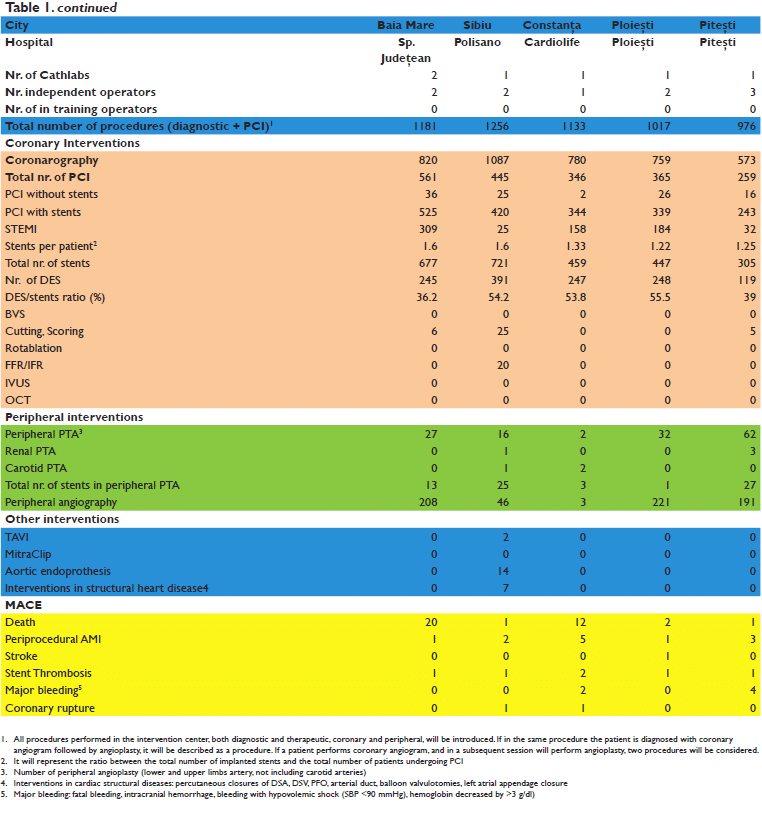
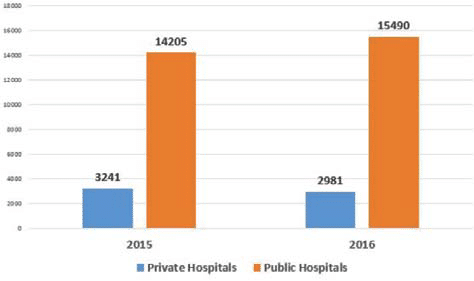
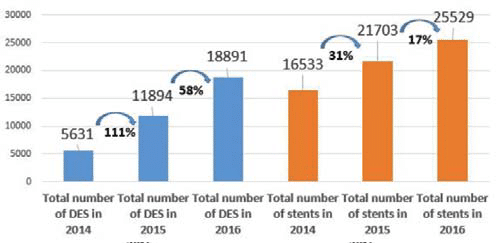
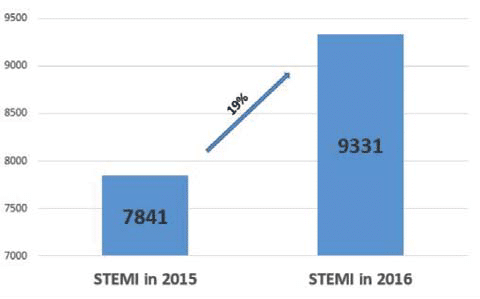
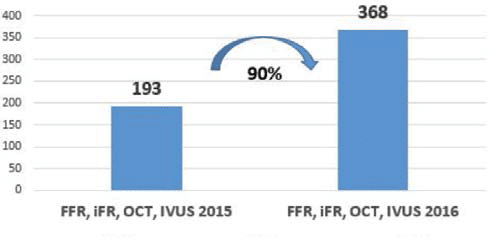
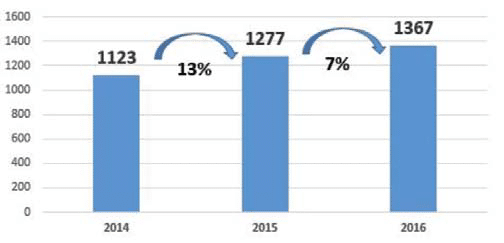
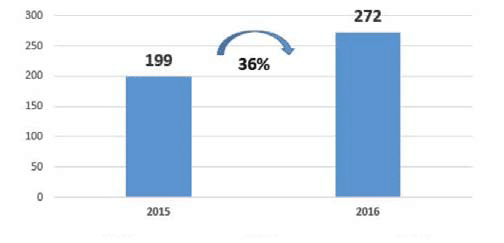
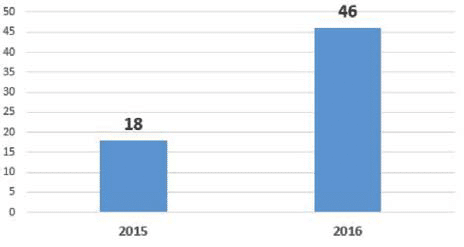
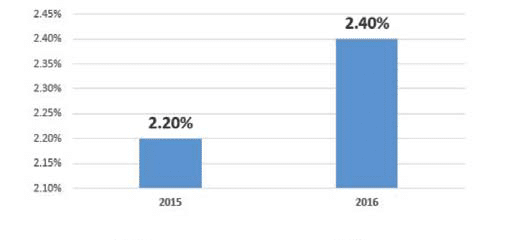
 This work is licensed under a
This work is licensed under a